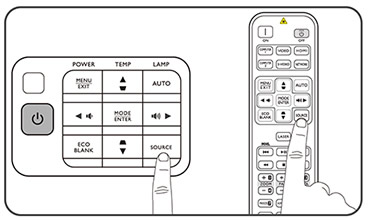


Like many streaming devices, the Apple TV comes in both 1080p and 4K flavors. The 4K variant is quite expensive, so it’s worth considering how often you mirror content at full HD vs.
#Benq qcast video streaming dongle how to#
How to choose the best Miracast or screen-mirroring device for you #BEST MIRACAST DONGLES FULL# The best Miracast or screen-mirroring device depends on the gadgets you already own. Simply put: If you plan to stream from a Windows PC, get the Microsoft Wireless Display Adapter. If you plan to stream from an Android device, get the Google Chromecast.
#Benq qcast video streaming dongle mac os#
If you plan to stream from a Mac OS or iOS device, get an Apple TV. Most screen-mirroring protocols are not cross-compatible, so if you don’t buy the appropriate receiver, you could find yourself staring down a $50 paperweight. Just bear in mind that when it comes to Google and Apple devices, you have two choices apiece. A regular Google Chromecast or a regular Apple TV can support resolutions of up to 1080p. If you’re mirroring from a very powerful device, you might want a Google Chromecast Ultra or an Apple TV 4K. These streaming devices support resolutions up to 4K. How we test Miracast and screen-mirroring devices Just bear in mind that you’ll need a pretty strong Internet connection to mirror high-res content reliably. Testing the best Miracast and screen-mirroring devices is pretty straightforward. We hook up a receiver to a TV, then see how reliably it mirrors content. We test photos, music, videos, office documents and even video games - not necessarily because each one represents a realistic scenario, but to see just how reliable each device is when pushed up against its limits. We test Miracast devices with Windows PCs and Android phones, Google Cast devices with Android phones and Chrome browsers, and AirPlay devices with Macbooks and iPhones. Each receiver has to prove its worth on both a home network and an office network, since screen mirroring has some productivity applications as well.


 0 kommentar(er)
0 kommentar(er)
